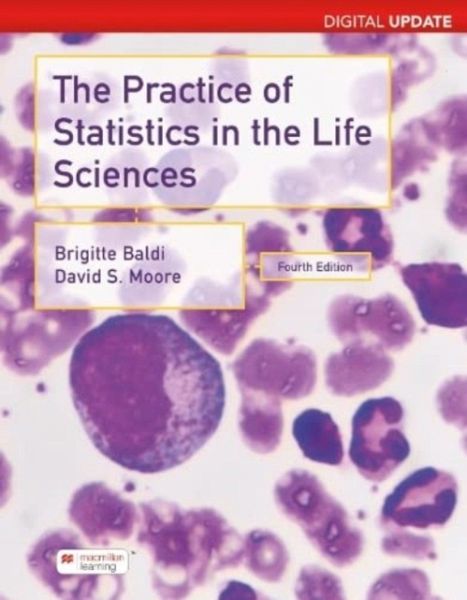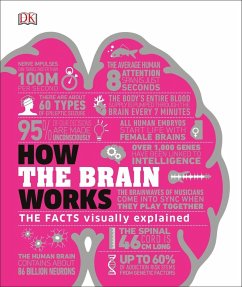
Practice of Statistics in the Life Sciences, Digital Update (International Edition)
Versandkostenfrei!
Sofort lieferbar
69,99 €
inkl. MwSt.

PAYBACK Punkte
35 °P sammeln!
Now available with Macmillan's ground-breaking online learning platform Achieve, The Practice of Statistics in the Life Sciences gives biology students an introduction to statistical practice all their own. It covers essential statistical topics with examples and exercises drawn from across the life sciences, including the fields of nursing, public health, and allied health. Achieve for The Practice of Statistics in the Life Sciences integrates outcome-based learning objectives and a wealth of examples with assessment in an easy-to-use interface. Students are provided with rich digital resourc...
Now available with Macmillan's ground-breaking online learning platform Achieve, The Practice of Statistics in the Life Sciences gives biology students an introduction to statistical practice all their own. It covers essential statistical topics with examples and exercises drawn from across the life sciences, including the fields of nursing, public health, and allied health. Achieve for The Practice of Statistics in the Life Sciences integrates outcome-based learning objectives and a wealth of examples with assessment in an easy-to-use interface. Students are provided with rich digital resources that solidify conceptual understanding, as well as homework problems with hints, answer-specific feedback, and a fully worked solution, designed to teach as they assess.












